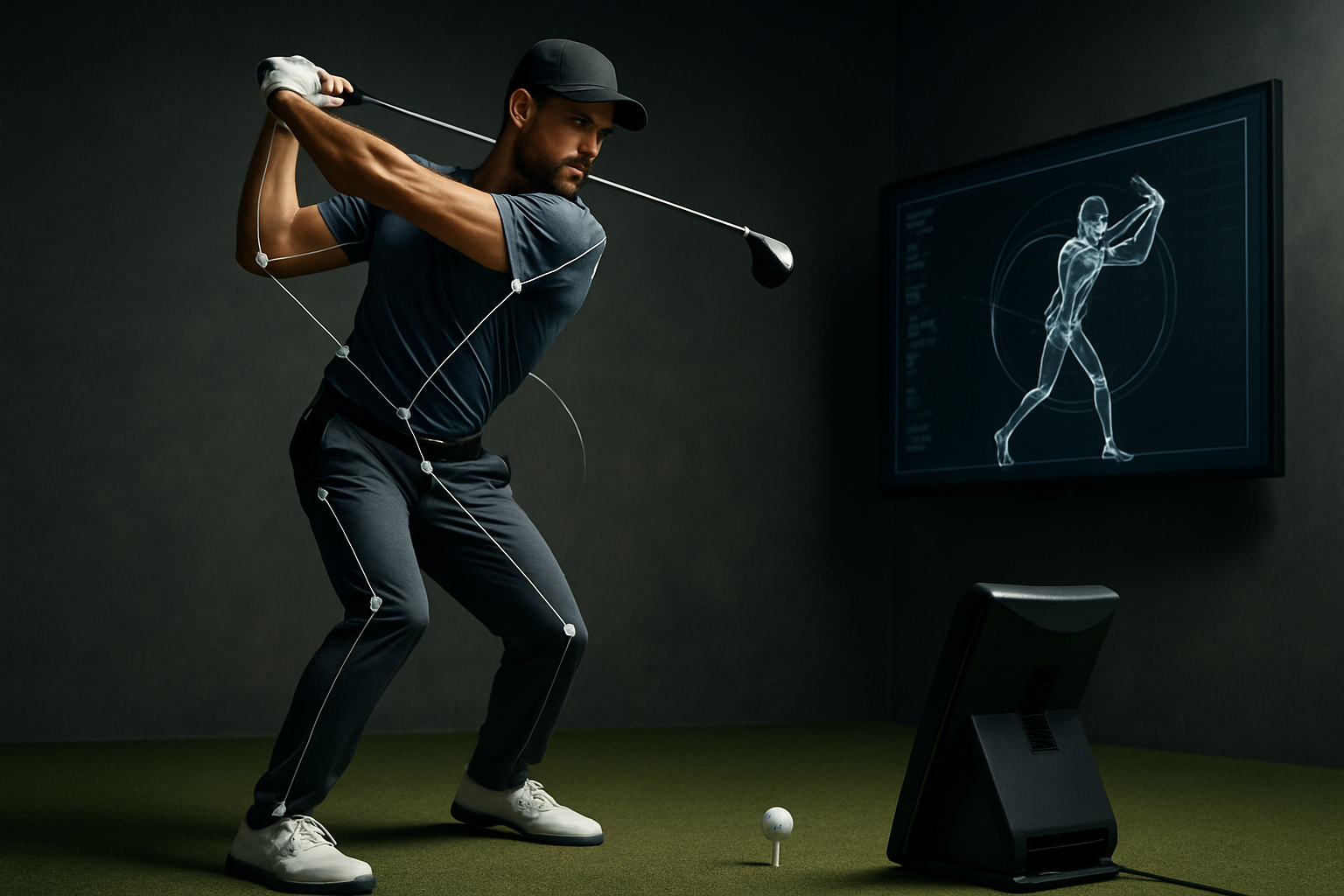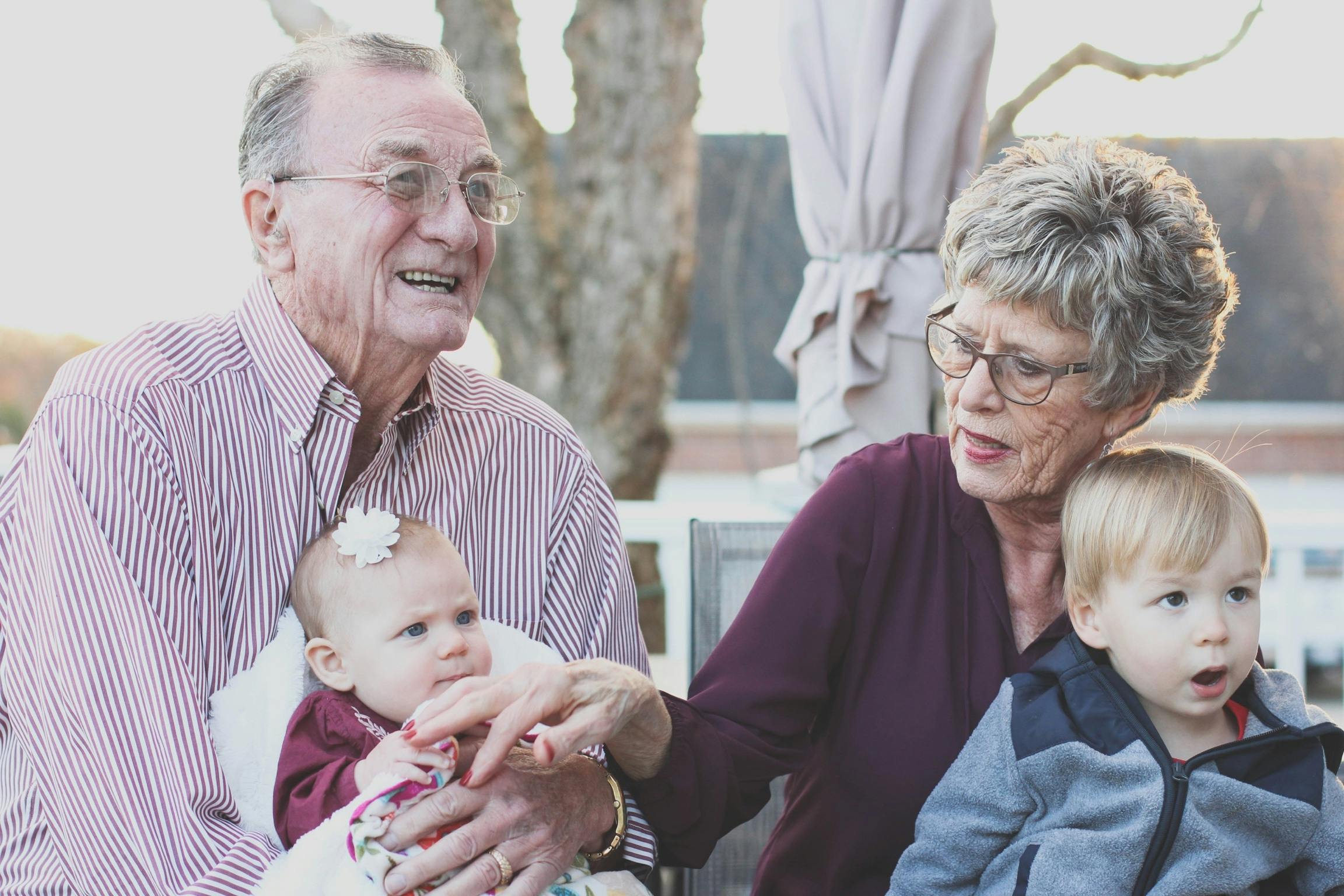Cryotherapy: The Cold Approach to Beauty and Wellness
Stepping into a chamber chilled to minus 200 degrees Fahrenheit might seem like an extreme measure for beauty and fitness enthusiasts. Yet, this is precisely what cryotherapy offers – a brief exposure to ultra-low temperatures that promises a multitude of health and aesthetic benefits. This cutting-edge treatment, once reserved for elite athletes, has now found its way into the mainstream beauty and wellness industry. As more people seek innovative ways to enhance their appearance and well-being, cryotherapy stands out as a fascinating fusion of science and self-care, challenging our perceptions of what it means to "chill out" for the sake of beauty and health.

The modern form of whole-body cryotherapy was developed in Japan in the 1970s by Dr. Toshima Yamauchi, who used it to treat rheumatoid arthritis. Since then, the technology has evolved, and its applications have expanded far beyond treating inflammatory conditions.
Cryotherapy in Beauty Treatments
In the beauty industry, cryotherapy has gained traction for its potential anti-aging and skin-rejuvenating effects. Localized cryotherapy treatments, often referred to as “cryofacials,” involve applying controlled cold to specific areas of the face and neck. This process is thought to:
-
Tighten pores and improve skin texture
-
Boost collagen production, leading to firmer, more youthful-looking skin
-
Reduce puffiness and dark circles around the eyes
-
Improve blood circulation, giving the skin a healthy glow
Many high-end spas and dermatology clinics now offer cryofacials as part of their premium treatment menu. Some beauty enthusiasts have even invested in at-home cryotherapy devices, although these are generally less powerful than professional-grade equipment.
Fitness and Recovery Applications
In the fitness world, cryotherapy has become a go-to recovery method for athletes and fitness enthusiasts alike. Whole-body cryotherapy chambers, which expose the entire body (except the head) to temperatures as low as -220°F for two to three minutes, are used to:
-
Reduce muscle soreness and inflammation after intense workouts
-
Accelerate recovery time between training sessions
-
Improve overall athletic performance
-
Boost energy levels and mental clarity
Many professional sports teams and Olympic training facilities have incorporated cryotherapy into their recovery protocols. As the treatment becomes more accessible, amateur athletes and fitness enthusiasts are also embracing this icy approach to enhance their physical performance and well-being.
The Metabolic Boost: Cryotherapy for Weight Management
One of the most intriguing aspects of cryotherapy in the fitness realm is its potential impact on metabolism and weight management. Proponents claim that exposure to extreme cold forces the body to work harder to maintain its core temperature, thereby burning additional calories. Some studies suggest that regular cryotherapy sessions can boost metabolic rate and may contribute to fat loss over time.
However, it’s important to note that while cryotherapy may complement a healthy diet and exercise regimen, it is not a standalone solution for weight loss. The effects on metabolism are temporary and vary from person to person.
The Psychological Benefits: Mood and Mental Clarity
Beyond its physical effects, cryotherapy has been associated with several psychological benefits. The sudden exposure to extreme cold triggers the release of endorphins and other mood-enhancing hormones. Many users report feeling a sense of euphoria and increased mental clarity following a cryotherapy session.
Some practitioners have begun exploring cryotherapy as a potential complementary treatment for mood disorders and stress-related conditions. While more research is needed in this area, anecdotal evidence suggests that regular cryotherapy sessions may contribute to improved mood, reduced anxiety, and better sleep quality.
Safety Considerations and Contraindications
While cryotherapy offers numerous potential benefits, it’s not without risks. Safety protocols are crucial, and the treatment is not suitable for everyone. Individuals with certain medical conditions, such as high blood pressure, heart disease, or Raynaud’s syndrome, should avoid cryotherapy. Pregnant women and those with severe cold sensitivity are also advised against using cryotherapy.
It’s essential to undergo cryotherapy treatments only at reputable facilities with trained professionals. Proper protective gear, including gloves, socks, and ear coverings, must be worn to prevent frostbite. Sessions should be brief, typically no longer than three minutes, to minimize the risk of adverse effects.
The Future of Cryotherapy in Beauty and Fitness
As research continues to explore the effects of cryotherapy, its applications in beauty and fitness are likely to expand. We may see more targeted cryotherapy treatments for specific skin concerns or athletic performance goals. The integration of cryotherapy with other wellness technologies, such as light therapy or compression therapy, could lead to more comprehensive beauty and fitness protocols.
However, as with any emerging trend, it’s crucial to approach cryotherapy with a balanced perspective. While many users report positive experiences, more long-term studies are needed to fully understand its effects and optimal usage. As the beauty and fitness industries continue to evolve, cryotherapy represents an exciting frontier where science meets self-care, offering a cool new dimension to our pursuit of health and beauty.





